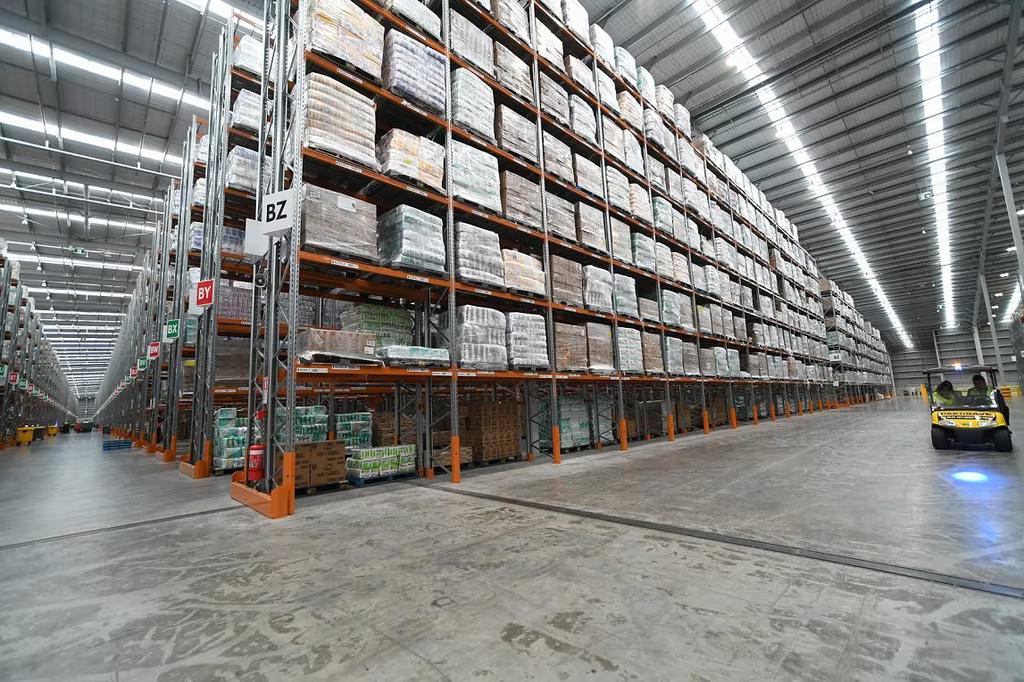
Media Release: Cost increases from grocery suppliers to supermarkets increase 10.4% in February
Cost increases from grocery suppliers to supermarkets accelerated again after a more subdued period over summer due to the usual summer moratorium on most cost increases. The Infometrics-Foodstuffs New Zealand Grocery Supplier Cost Index (GSCI) shows a 10.4%pa rise in February 2023, an acceleration from the 10.0%pa annual rate in January 2023.
“As expected, supplier costs have accelerated again after the holding pattern over summer, as input costs across the supply chain continue to put pressure on producers” says Infometrics Principal Economist and Chief Executive Brad Olsen.
The Infometrics-Foodstuffs New Zealand Grocery Supplier Cost Index (GSCI) measures the change in the cost of grocery goods charged by suppliers to the Foodstuffs North Island and South Island cooperatives. The Index utilises detailed Foodstuffs NZ data across over 60,000 products Foodstuffs buys to stock in store, making it the largest dataset of its type in New Zealand, to give a real time view on supplier cost changes.
Every month, the Index tracks what it costs supermarkets to buy the goods to put on the shelf. Previous analysis shows that supplier costs are the major component of supermarket prices, representing two-thirds of the on-shelf price.
Global food prices and domestic fuel prices both remain stable at elevated levels, but other input costs, including packaging, continue to rise at pace. “Domestic inflation pressures have not eased substantially yet, and weather-related disruptions will only reinforce some of the pressures already in the system, as supply is limited” says Mr Olsen.
“Cost pressures remain broad-based, with a return to high levels of items increasing in cost in February 2023. Produce costs remain the most elevated on an annual basis, and frozen and grocery food cost increases accelerated again” says Mr Olsen. “Cost increases also continue to be experienced across a larger number of items, with over 8,200 items increasing in cost in February 2023. More of these increases were of a larger magnitude too.”
Input cost pressures for producers remain intense, with higher cost increases for core business requirements including freight, repairs and maintenance, and packaging recently. These rising cost pressures highlight the broad rises in operational costs being incurred by producers across the supply chain, which is driving further increases to supplier costs.
ENDS
Note:
The Infometrics-Foodstuffs New Zealand Grocery Supplier Cost Index (GSCI) measures the change in the cost of grocery goods charged by suppliers to the Foodstuffs North and South Island cooperatives.
The Index utilises detailed Foodstuffs NZ data, across over 60,000 products, analysed by independent economics consultancy Infometrics to produce the GSCI and publish it on a monthly basis. For more details see www.infometrics.co.nz/product/grocery-supplier-cost-index.









